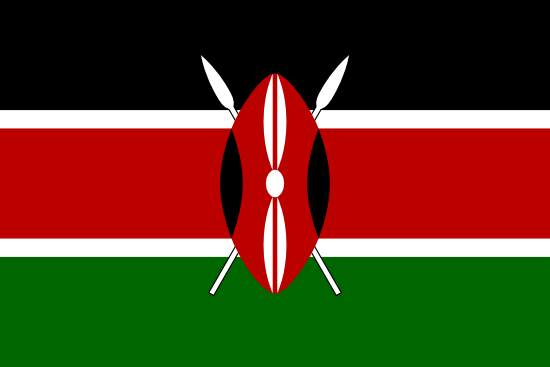| Title | Rationale | Aichi targets |
|---|---|---|
| Target 7.1:Pollution reduced, nutrient loss and pesticide risks halved by 2030 | Pollution, including from excess nutrients, pesticides, plastics and other waste, continues to be a major driver of biodiversity loss in Kenya and globally. The overall objective of this target is... |
|
| Target 01: By 2030, Plan and Manage all Areas to reduce Biodiversity Loss | Kenya, like many other countries, faces its own set of challenges related to biodiversity conservation. These challenges arise from ever-increasing land and sea use changes, which include among others... |
|
| Target 02 : Ensure 27.3% of degraded areas are under effective restoration | Most land in Kenya consists of rangelands characterized by grasslands and woodlands. According to data, tropical and subtropical grasslands, forests and inland waters are hotspots for irrecoverable... |
|
| Target 3: 30% of terrestrial and inland water areas, and marine and coastal areas are Effectively Conserved and managed | The establishment and management of protected and conserved areas is guided by various national laws and policies and international protocols. The policy instruments also guide the participation in... |
|
| Target 05: By 2030 ensure Harvest, use and trade of wild species are legal, safe and sustainable | The use of wild species directly contributes to the well-being of billions of people globally on a day-to-day basis and is particularly important to people in vulnerable situations. About 50,000 wild... |
|
| Target 06: By 2030, reduce the establishment of invasive species by 50% | This target focuses on eliminating, minimizing, reducing or mitigating the impacts of invasive species by 50% by the year 2030 in two main ways: (a) by identifying and managing pathways to preventing... |
|
| Target 08: Reduce emissions through NbS and EbA for community resilience | Climate change is a critical driver of biodiversity loss in Kenya, and on the other hand, biodiversity is essential for limiting emissions and adapting to climate change impacts on people and... |
|
| Target 09: Management of Wild Species Is Sustainable and Benefits People | To best manage Kenya’s wild species, a national, county and community-based participatory quantitative, qualitative, and economic baseline assessment on wild species utilized by each sector and... |
|
| Target 10: Achieve 20% Sustainable Management in Aquaculture, Fisheries, Forestry, and Agriculture by 2030 | The percentage of areas under productive systems to be sustainably managed has been left blank to leave room for the baseline assessment - as it would be difficult to ascribe a percentage for... |
|
| Target 11: Nature’s contributions to people is maintained and enhanced. | The restoration, maintenance and enhancement of ecosystem structures, functions and services is key to Kenya's national plans for the conservation and sustainable use of biodiversity - as shown in the... |

Kenya Biodiversity
National Clearing House Mechanism